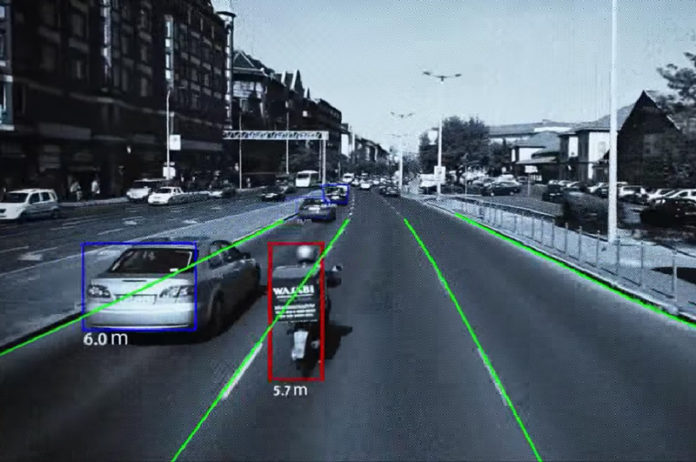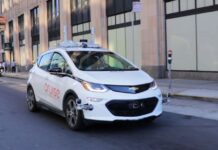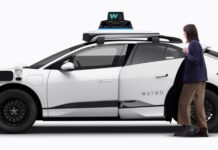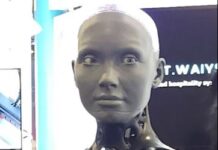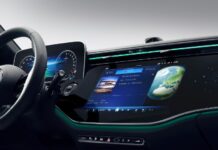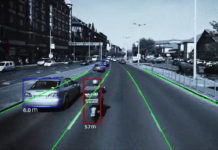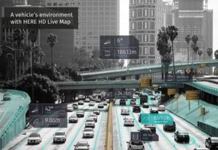ANN ARBOR, Mich. — In the race to develop self-driving cars, much of the attention has focused on ferrying people. But delivering goods – from groceries to packages to books and more – may offer a considerable opportunity as well.
“We think there’s a very good business,” said Sherif Marakby, Ford’s vice president for autonomous vehicles and electrification. And for Ford, it starts with pizza.
The Domino’s pizza chain this week plans to start testing deliveries using a self-driving Ford Fusion sedan outfitted with enough sensors, electronics and software to find its way to customers’ homes or offices in a section of this city 40 miles west of Detroit.
“It’s going to be a real learning experience,” said Dennis Maloney, chief digital officer at Domino’s, which is based here. “No one really knows what’s going to happen when customers walk out to the car. They’re faced with a car. There’s no human interaction. What happens if they approach the car from the wrong direction? Will people mind coming out of their house? We want to understand all that.”
If answers begin to emerge, the possibilities are not hard to imagine. Americans already take delivery of billions of dollars’ worth of products sold by Amazon and other online retailers. In the future, a retailer like Home Depot could deliver building materials directly to job sites.
“We know that some of the early applications of self-driving cars will be in very specific kinds of commercial fleets,” said Michelle Krebs, an analyst at Autotrader.com. “Delivery is a perfect example.”
Ford has been seen as lagging in the development of driverless vehicles, and the Domino’s experiment offers a chance to showcase its technology. As far as using such cars as a mode of delivery, Mr. Marakby said, “we think it will take off in 2021” – which is when Ford expects to begin producing a fully autonomous vehicle that will have no steering wheel and no pedals.
For the Domino’s trial, Ford is providing a self-driving Fusion that scans the road with radar and cameras. It also uses lidar – a kind of radar based on laser beams – that can be found in a rooftop unit featuring distinctive spinning canisters. The images collected are compared instantaneously with highly detailed digital maps to ensure that the car knows precisely where it is on the road and how to reach its destination.
The vehicle is one of several dozen that Ford has built for various tests and trials. It is painted white, with large black lettering noting the car is “self-driving” and “experimental.”
And driverless vehicles are not a rare sight in this city, the home of the University of Michigan. The university is operating a vast pilot project to develop connected-car technologies, and self-driving Ford Fusions or Lexus sedans can often be seen navigating downtown streets.
The first driverless Domino’s delivery was expected to take place on Monday evening, weather permitting. For now, the car’s expensive electronics are too delicate to operate in heavy rain.
The car will actually have a safety driver at the wheel to take over in case of a malfunction, a Ford engineer in the passenger seat to monitor the electronics and computers and a Domino’s employee in the back to observe the customer.
When placing orders with a Domino’s store in northeast Ann Arbor, customers will be given the opportunity to take their delivery from the self-driving car. Because there is no delivery person to bring pizzas to the door, customers will have to walk outside the retrieve their order. They will be alerted by text when the car is nearing their home and when it arrives.
A red arrow on the car’s rear, passenger-side window tells customers to “start here” and directs them to a touch screen. Keying in the last four digits of the customer’s phone number causes the window to open, revealing an insulated compartment large enough to hold five pizzas and four side orders.
One customer advantage of taking delivery from a self-driving car: If there’s no driver, there’s no tip.
Kelly Garcia, Domino’s senior vice president for e-commerce development, said the company expected to use the vehicle for three to six deliveries a day and would continue the trial through September.
Mr. Garcia added that the trial was aimed at understanding how customers would interact with a driverless vehicle, not eliminating drivers. Domino’s employs about 100,000 drivers nationwide, he said, and has openings for 10,000 more.
“We could use autonomous cars to fill in where we have a shortage of drivers, or add capacity during surges in business,” he said. “We will have drivers for a long time. This is not about reducing labor costs.”



